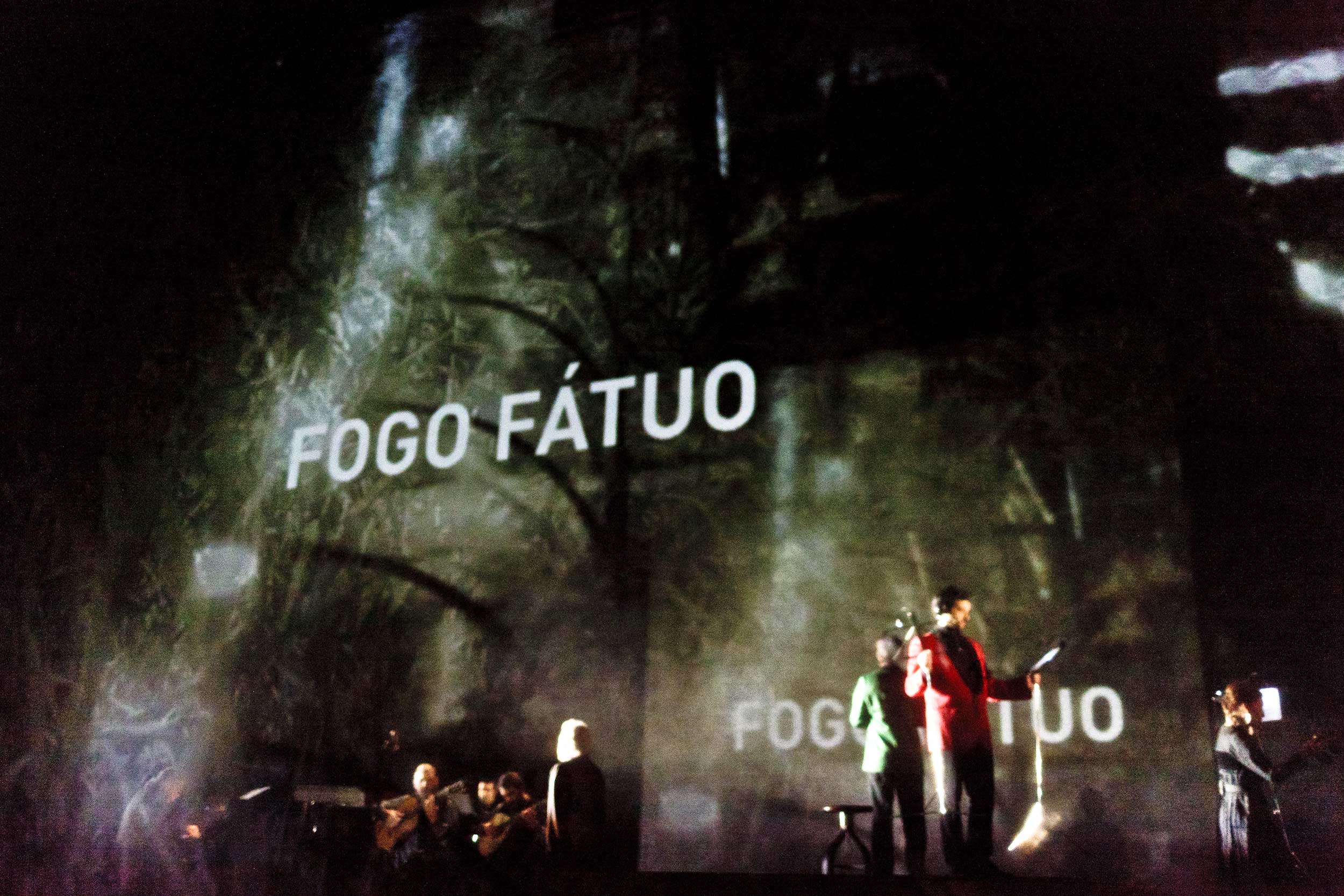Gravida proin loreto of Lorem Ipsum. Proin qual de suis erestopius summ.
Recent Posts
Sorry, no posts matched your criteria.

Exposição no Mosteiro de São Bento da Vitória
Inserida nas comemeorações do centenário do Teatro Nacional de São João, no espaço do Mosteiro de São Bento da Vitória, pode-se visitar a exposição “Noites Brancas”, que reúne objetos e cenografia de espetáculos do TNSJ entre os quais estão as cenografias CNLL selecionadas: “Sombras”, “Linha Curva, Linha Turva” e “O Grande Teatro do Mundo”.
Viva o teatro! Parabéns TNSJ!

A História
Inaugurado no dia 13 de maio de 1798, o Real Teatro São João foi o primeiro edifício construído de raiz no Porto para ser exclusivamente destinado à apresentação de espetáculos. Seria destruído por um incêndio na noite de 11 para 12 de abril de 1908. Em 1909, é lançado um concurso público para a sua reconstrução, do qual sai vencedor o anteprojeto assinado por José Marques da Silva. À época da sua inauguração, a 7 de março de 1920, o Teatro São João representava um compromisso entre a inovação técnica e a continuidade estilística de um gosto tradicional. Passados 12 anos, o Teatro é convertido em sala de cinema e passa a operar sob a designação de São João Cine.
Já em 1992, é adquirido pelo Estado e assume a atual denominação: Teatro Nacional São João. No final desse ano e entre 1993 e 1995, o edifício é submetido a uma reabilitação estrutural. O Ministério da Cultura criaria aqui o primeiro Teatro Nacional da era democrática do país, peça essencial de uma política de descentralização cultural a Norte. No interior deste Monumento Nacional, rapidamente se afirmou um projeto artístico vibrante e uma estrutura de produção teatral de excelência, que conjuga a divulgação dos grandes repertórios dramáticos, nacionais e universais, e a atualidade das linguagens de cena.
Mais informações em www.tnsj.pt

“O Grande Teatro do Mundo is the culmination of the baroque dramatic poetry. The uniqueness of this work is due to the fact of embodying, better than any other, the aesthetics and poetics of the Baroque; the scenic quality of the archetype piece is representative of the purest and most refined concept of Baroque art in all its fullness and greatness. The seventeenth century theatrical overflow “should lead to the conscience of all, the feeling that life is itself a representation, that the world is a theatre” (Orozco), and Calderon the architect of this scenic theatrical era: the most symbolic playwright of the Baroque.

Linha Curva, Linha Turva // We stole a song’s title from the Três Tristes Tigres last album (and we will probably steal the song itself) to attribute names to a rare spectacle. Jeff Cohen, the admirable American pianist living in Paris, manages, together with Luís Madureira, a choice of actors, our employees, in a workshop developed in three periods from which a “recital” for piano and voice comes out. Random songs, music-hall songs or simply songs – the actors sing, in an apprenticeship of other musical-theatrical adventures that are a secret, for the time being…

Sombras is built in a sort of unusual scenic landscape, full of unexpected and contrasting events. It is a multidisciplinary show, decidedly set against the habits of the “merger” or “world music”. Fado is about a suffering heart and Fandango is about a kind of euphoric ride. Ricardo Pais